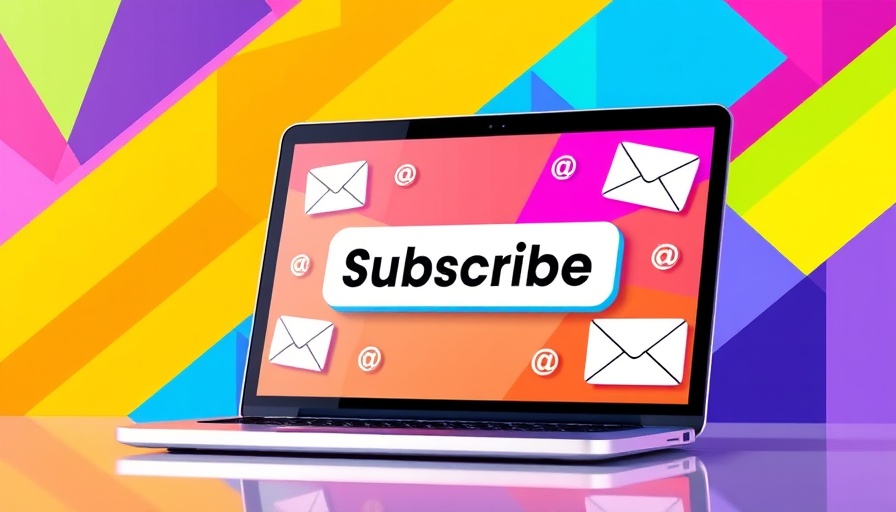
Navigate the Evolving Landscape of Email Marketing
Building an email list from scratch may seem daunting, especially for budding entrepreneurs or marketers without an established product or brand. However, with the right strategies in place, it can be accomplished seamlessly. The key lies in cultivating genuine relationships with your audience—connecting with those who have willingly opted in to hear from you.
The Core Principles of Effective Email List Building
When it comes to email marketing, the quality of your email list matters more than the quantity. A small list of engaged subscribers can outperform a larger list filled with uninterested contacts. Here are three foundational aspects to consider:
- Intentional Enrollment: Every subscriber should choose to be on your list. This not only fosters trust but increases engagement rates. Avoid buying email lists; instead, encourage sign-ups through enticing offers or valuable content.
- Maintaining Validity: Regularly monitor your list for invalid emails or inactive subscribers. Tools like NeverBounce can assist in purging your list to ensure it remains high-quality. A clean list yields higher engagement and delivers better results.
- Targeted Audience: Know your subscribers. Tailor your content to their interests to enhance engagement. Proper segmentation and personalization can drastically improve open and click rates. If your audience doesn’t resonate with your content, they won’t engage.
Strategies to Accelerate Your Email List Growth
Once the core principles are in place, it's time to employ effective strategies to grow your list:
- Offer Incentives: Consider offering exclusive content, discounts, or free resources in exchange for email sign-ups. This can motivate potential subscribers to join your list.
- Create Valuable Content: Share tips, informative articles, or industry insights that provide real value to your audience. This establishes your credibility and encourages sharing.
- Optimize Your Website: Place sign-up forms prominently on your website. Ensure that your call to action is clear and easy to follow.
By focusing on quality and value and applying these effective strategies, you can successfully build a robust email list—even from scratch. This list will serve as a powerful tool in your marketing arsenal.
Ultimately, as we embrace the future, adapting our approaches to building relationships with customers through email will create more opportunities for engagement and growth in an increasingly digital world.
 Add Row
Add Row  Add
Add 




Write A Comment